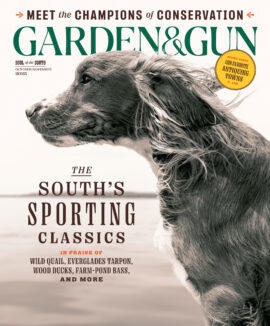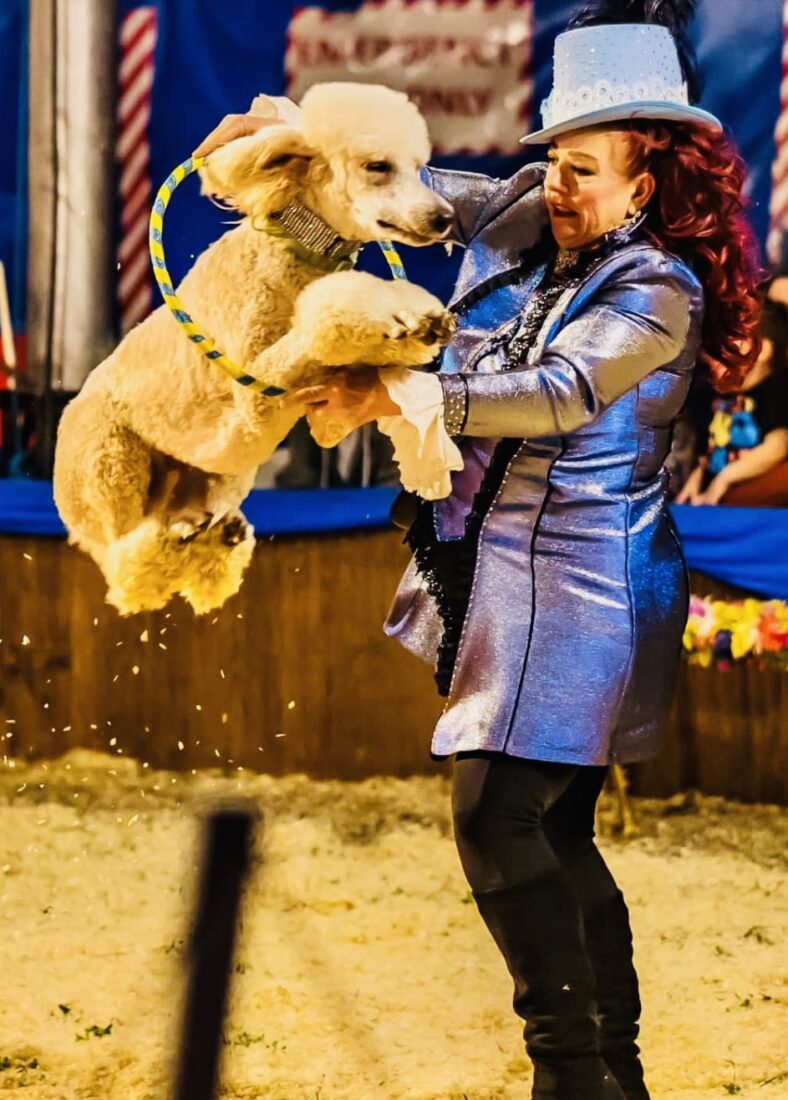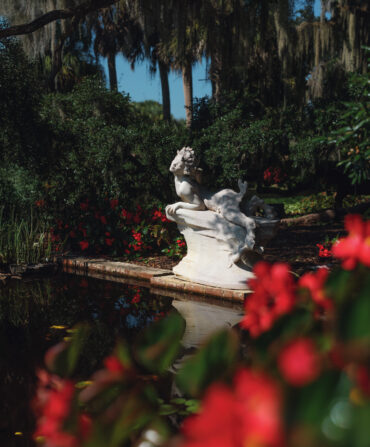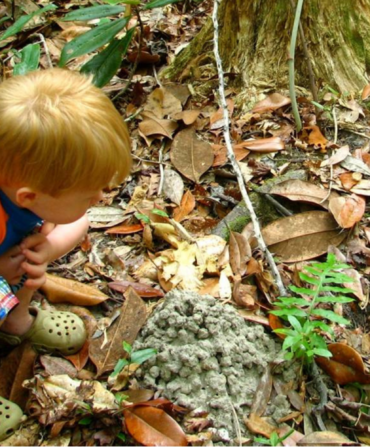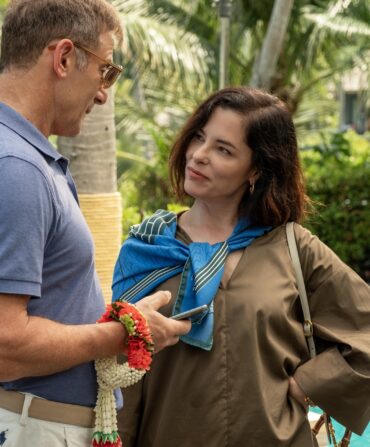By its nature, the circus is transportive, a candy-colored window into a world of whimsy, the unexpected, the wild, the colorful. In many respects, Piccolo Zoppé, which began its season last week, upholds all of that. Where the Arkansas-based circus differs from its three-ringed, big-budget compatriots, however, lies in the nature of that transportiveness. After all, Piccolo Zoppé doesn’t just tickle your senses in the present—it pulls you back a few years as well.
“The show that we present now is not much different than a show that my family would have done in the 1800s—very small, very intimate,” says Tosca Zoppé, a sixth-generation circus performer and equestrian artist who rode her first elephant when she was just three days old. “It’s different. It’s more of a performing arts circus, and it goes back to our roots. It’s very traditional, very classical.”
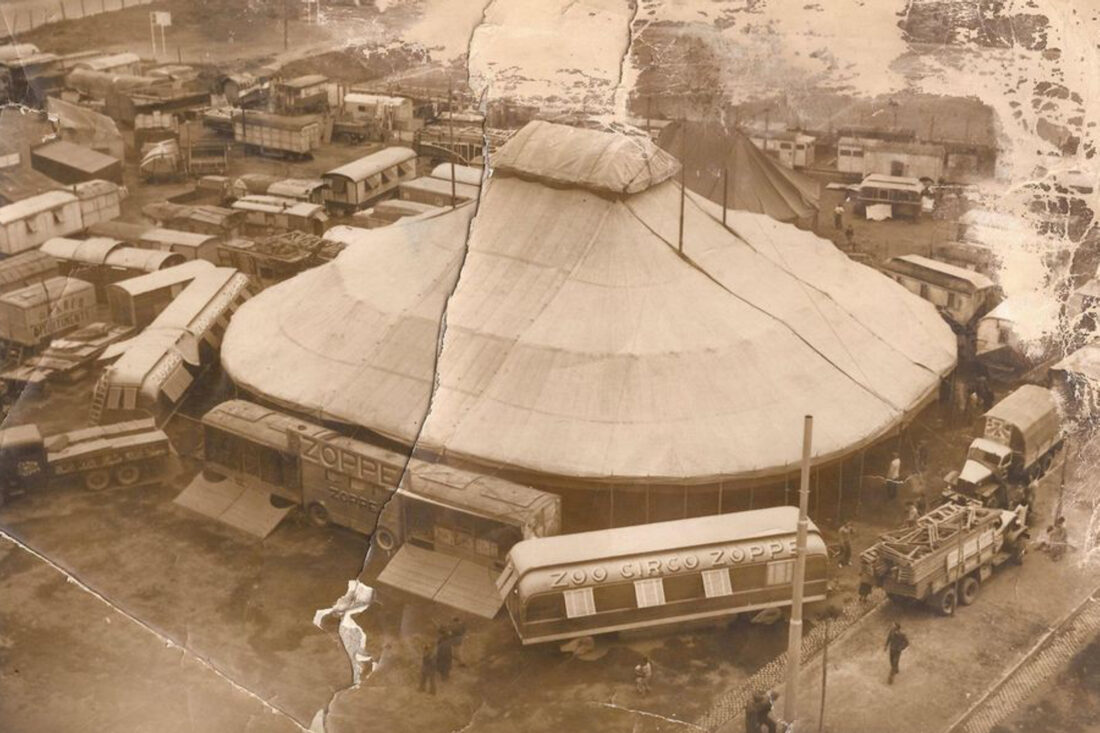
In the years since, those sprawling family roots have become the stuff of circus legend. They begin with Tosca’s great-great-great-grandparents, a French clown and a Hungarian equestrian-ballerina, falling in love in Budapest in 1842 and eloping soon after to Venice, where they formed the first Zoppé Circus. That legend continued with Tosca’s father, Alberto, a legendary equestrian artist, making a deal with the Ringling Bros. and Barnum & Bailey Circus in 1948: He’d come perform with them in the United States, but only if they agreed to ship an elephant back to Italy in his stead.

Naturally, when Tosca—along with a Mexican juggling family, Russian quick-change duo, and French aerialist—first hoisted the tent for the Piccolo Zoppé Winter Circus not far from the Zoppé family home in Greenbrier, Arkansas, in December 2021, she reflected on all those seemingly larger-than-life origin stories. But she also sought to make something intimate that only a small, one-ring circus can bring. On any given night at Piccolo Zoppé, only eighteen feet separate the five-hundred-person audience from the performers galloping, prancing, and tumbling around the lone ring, allowing for a connection like none other to take hold between audience and performer.
“It’s not just about what skills these artists have—whether they’re on their trapeze, or whether I’m standing on my horse,” Tosca says. “That’s all very important, because that’s what circus is. But what’s more important to us is that we connect.”

“The Winter Circus” has, over the years, added a few extra dates and locations across Arkansas, including stops in Russellville, North Little Rock, and Hot Springs. Tosca has added a new slate of performers cherry-picked from across the world, including a low-wire walker, performing dogs, an eight-person acrobatic troupe from Mongolia, and her niece, Chiara, a seventh-generation performer who’s doing an aerial act. One thing yet remains: Piccolo Zoppé is still much the same as it’s always been. Including, Tosca notes, the way each performance ends. For decades, Tosca’s mother closed each night with a short poem that she had written—a tradition Tosca has carried on:
As the theater lights dim and nostalgia is packed away.
It’s packed in trunks labeled sweet memories of yesterday.
We hope our hearts have touched somewhere along the way
And that you have enjoyed our journey back to yesterday.
Find more information about the Piccolo Zoppé circus here.

